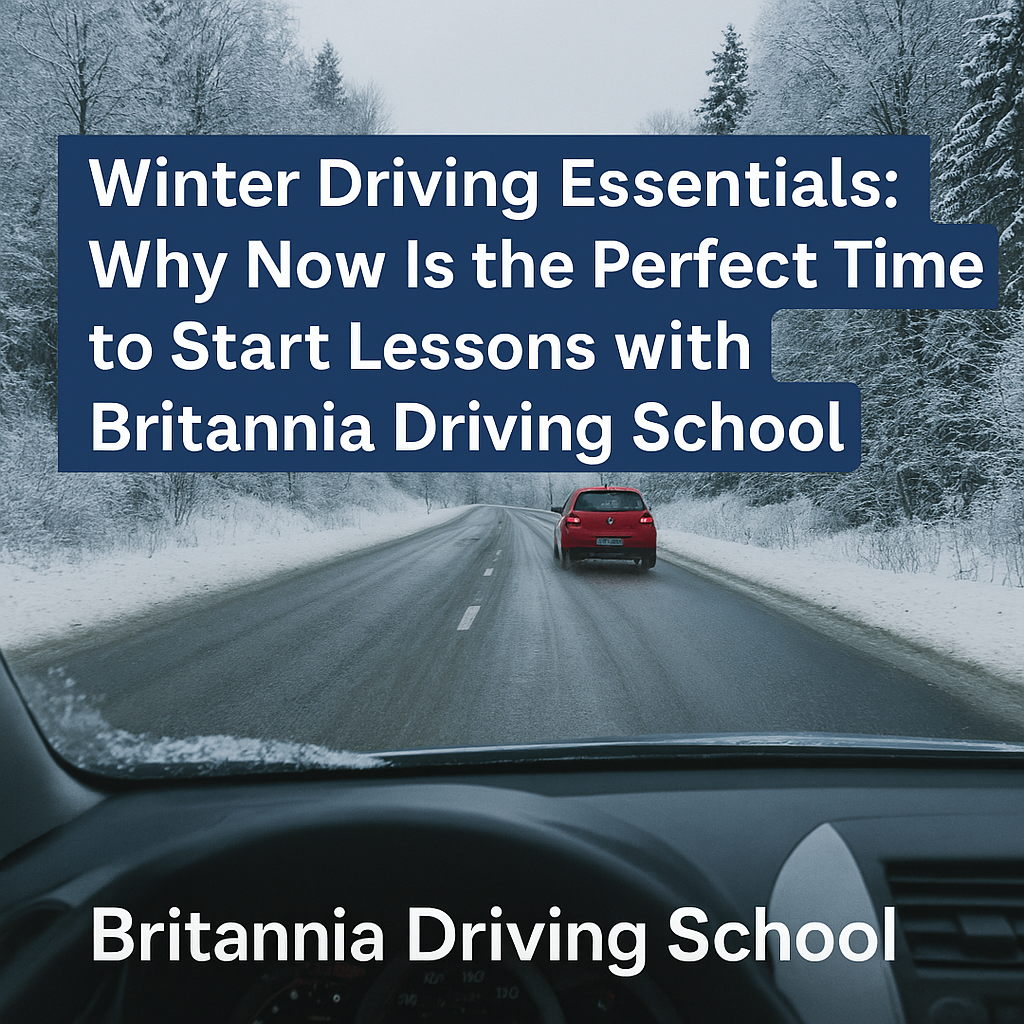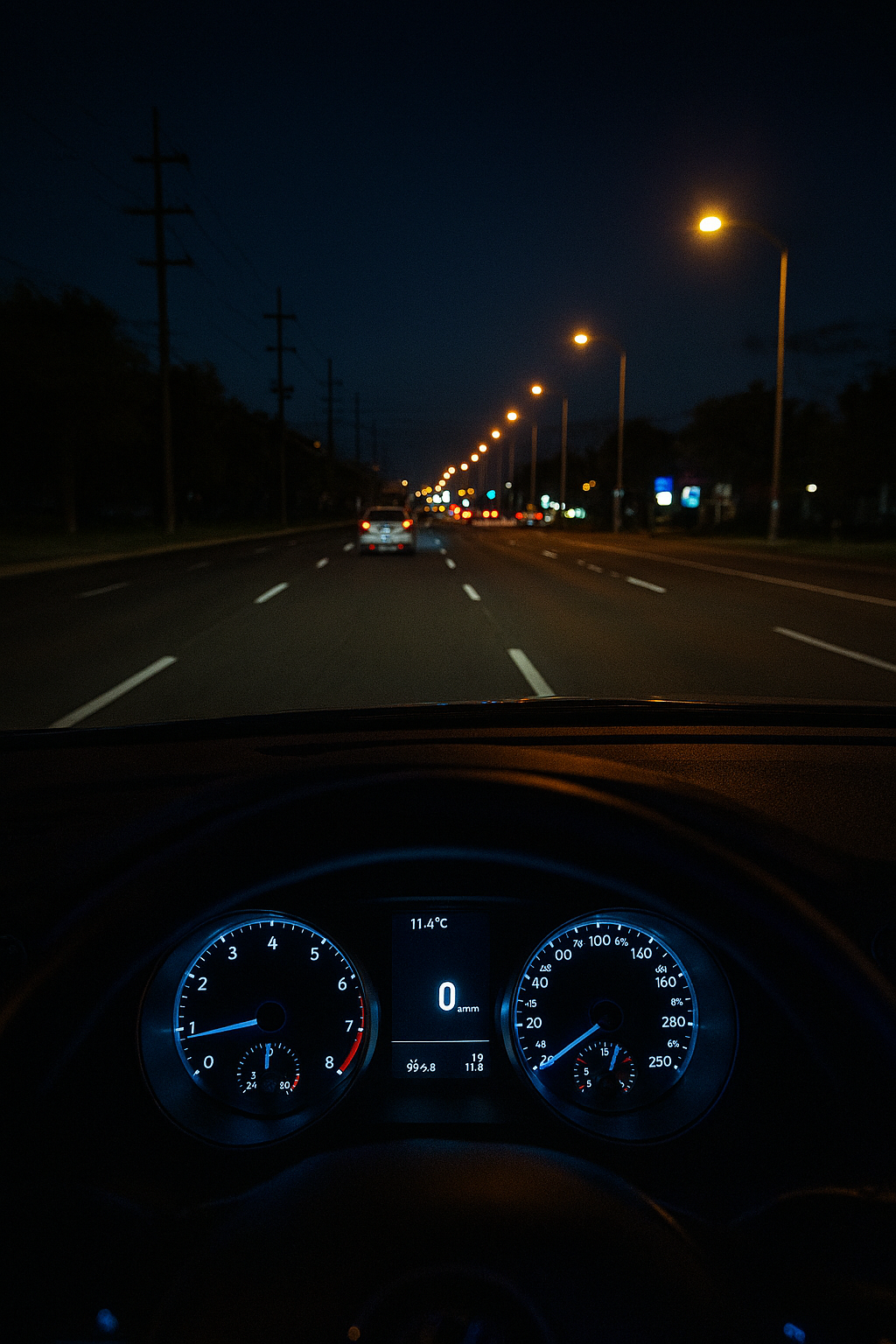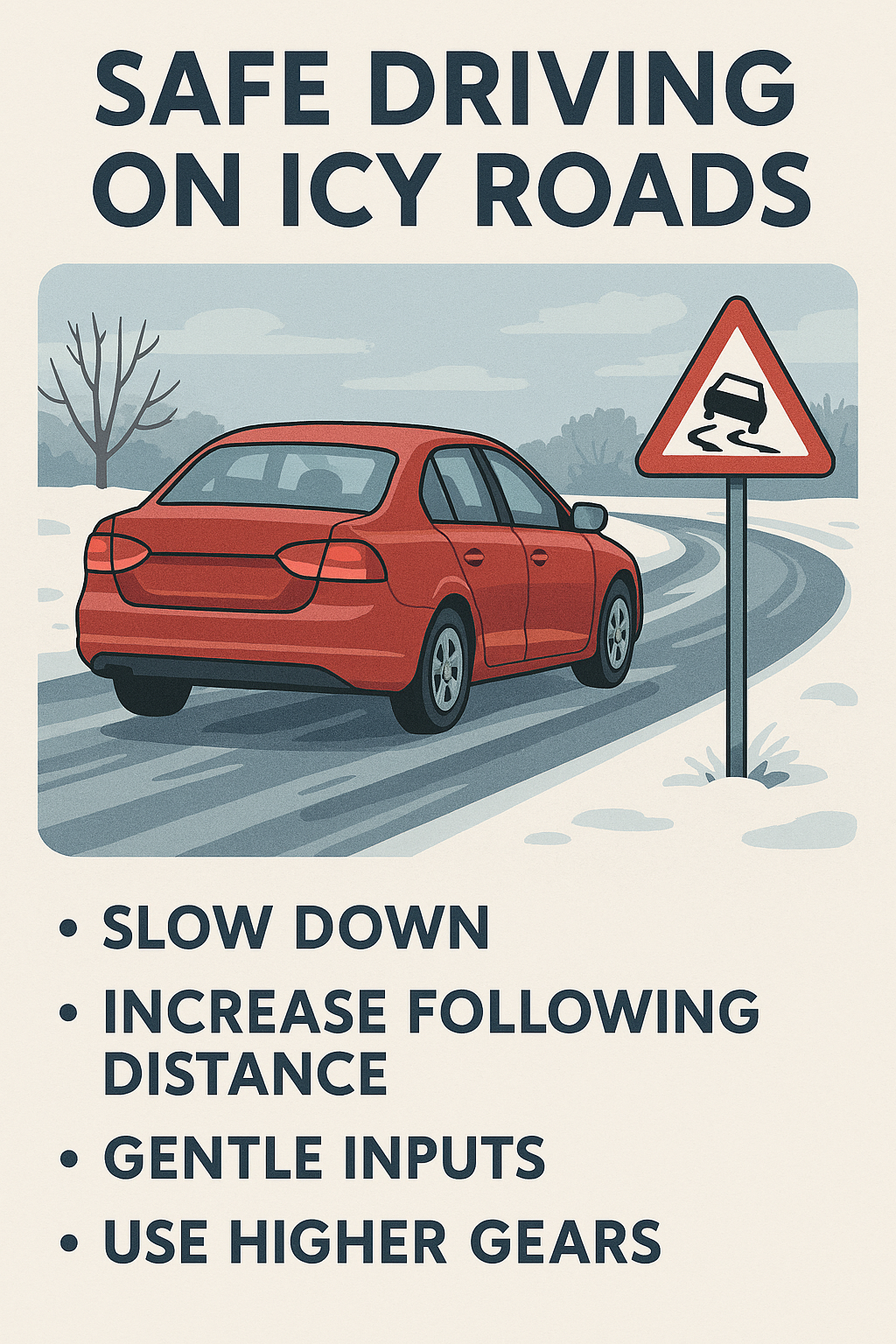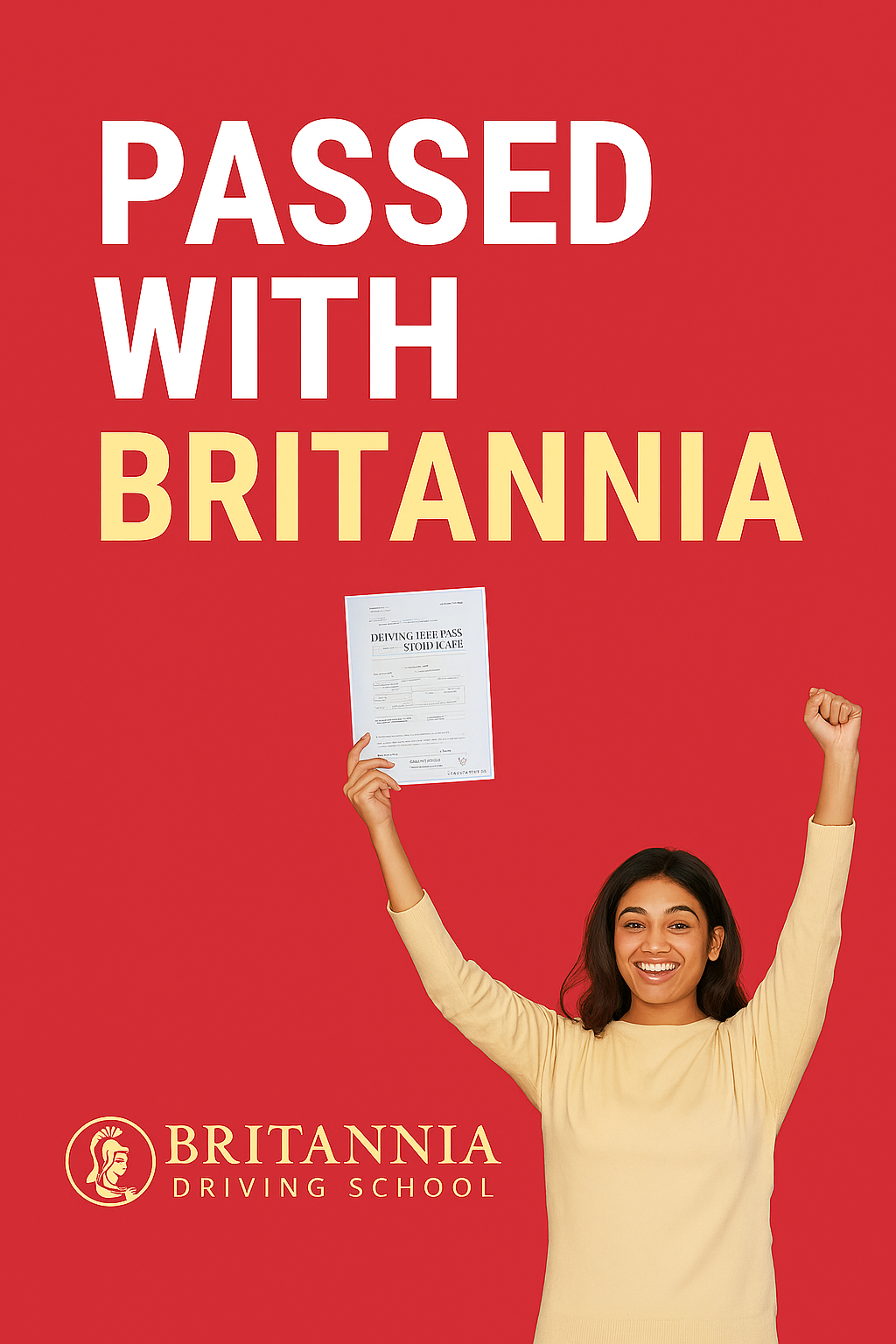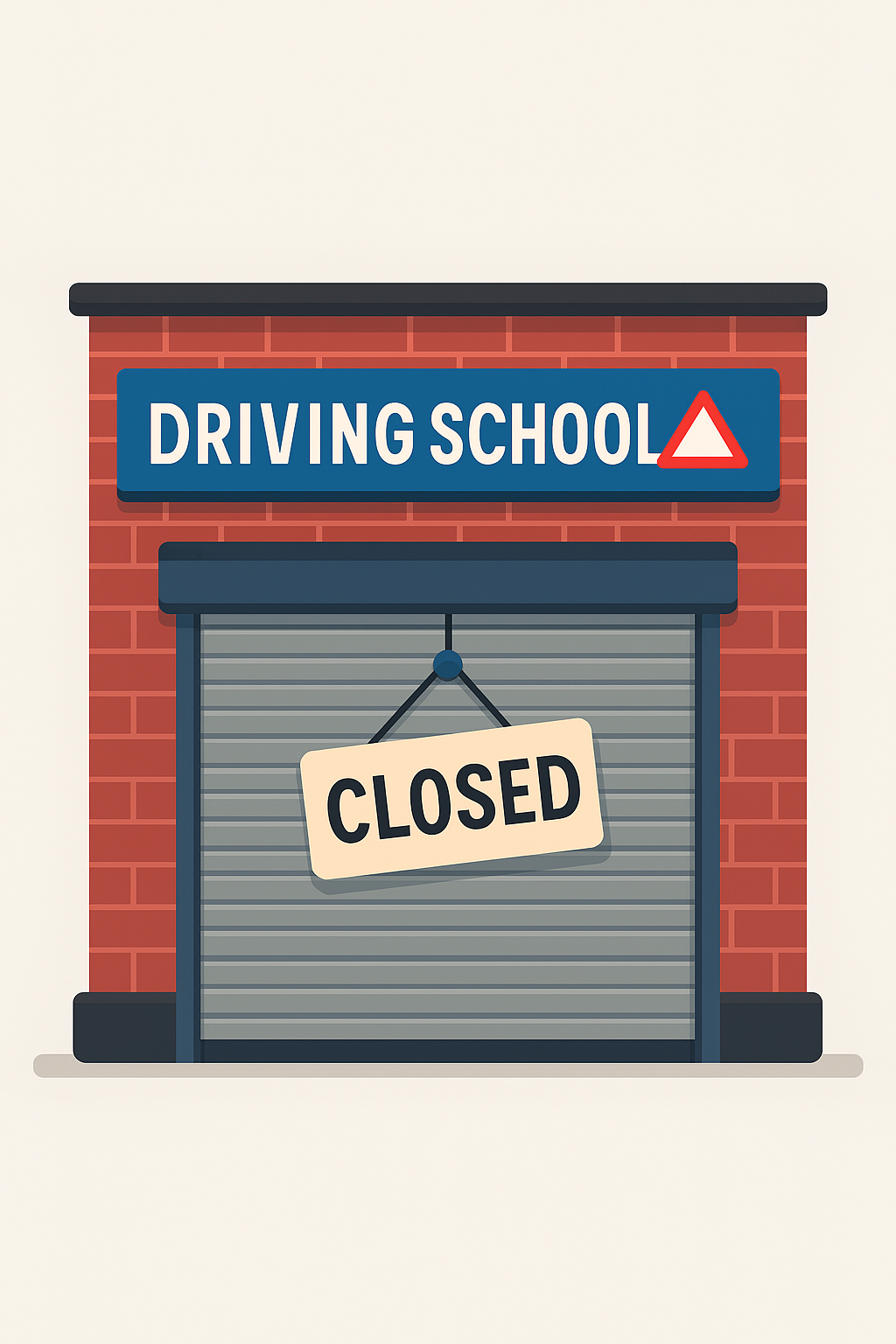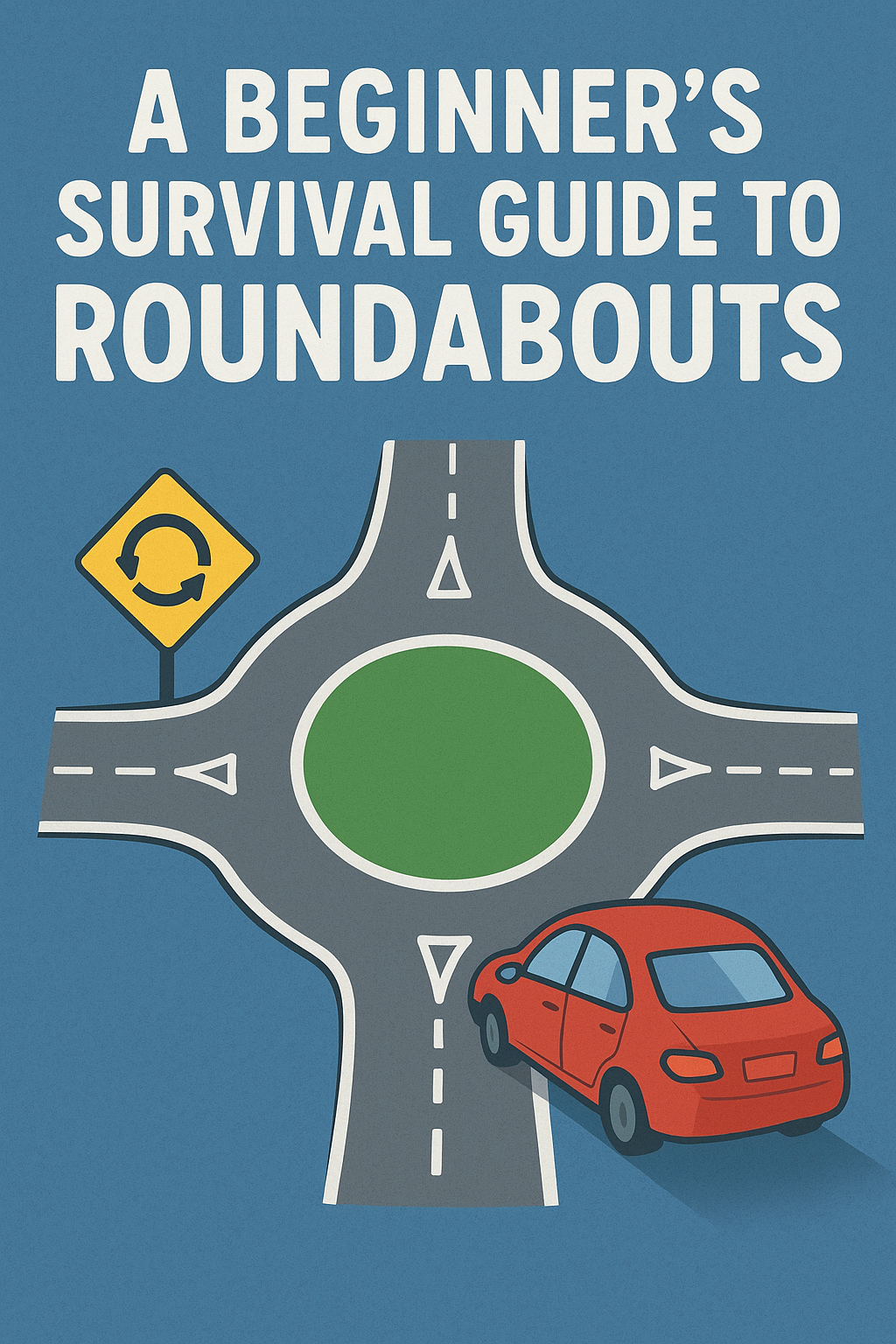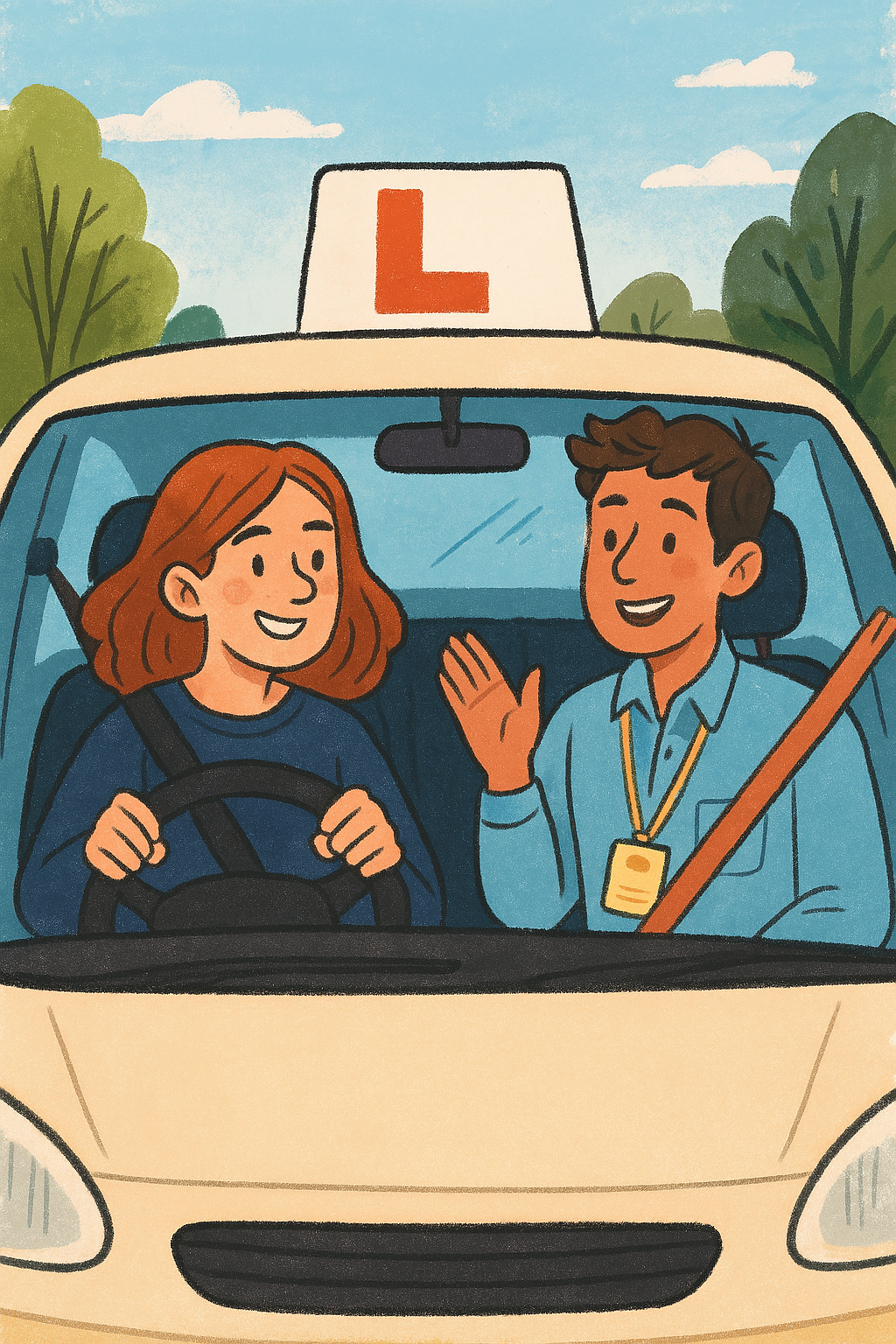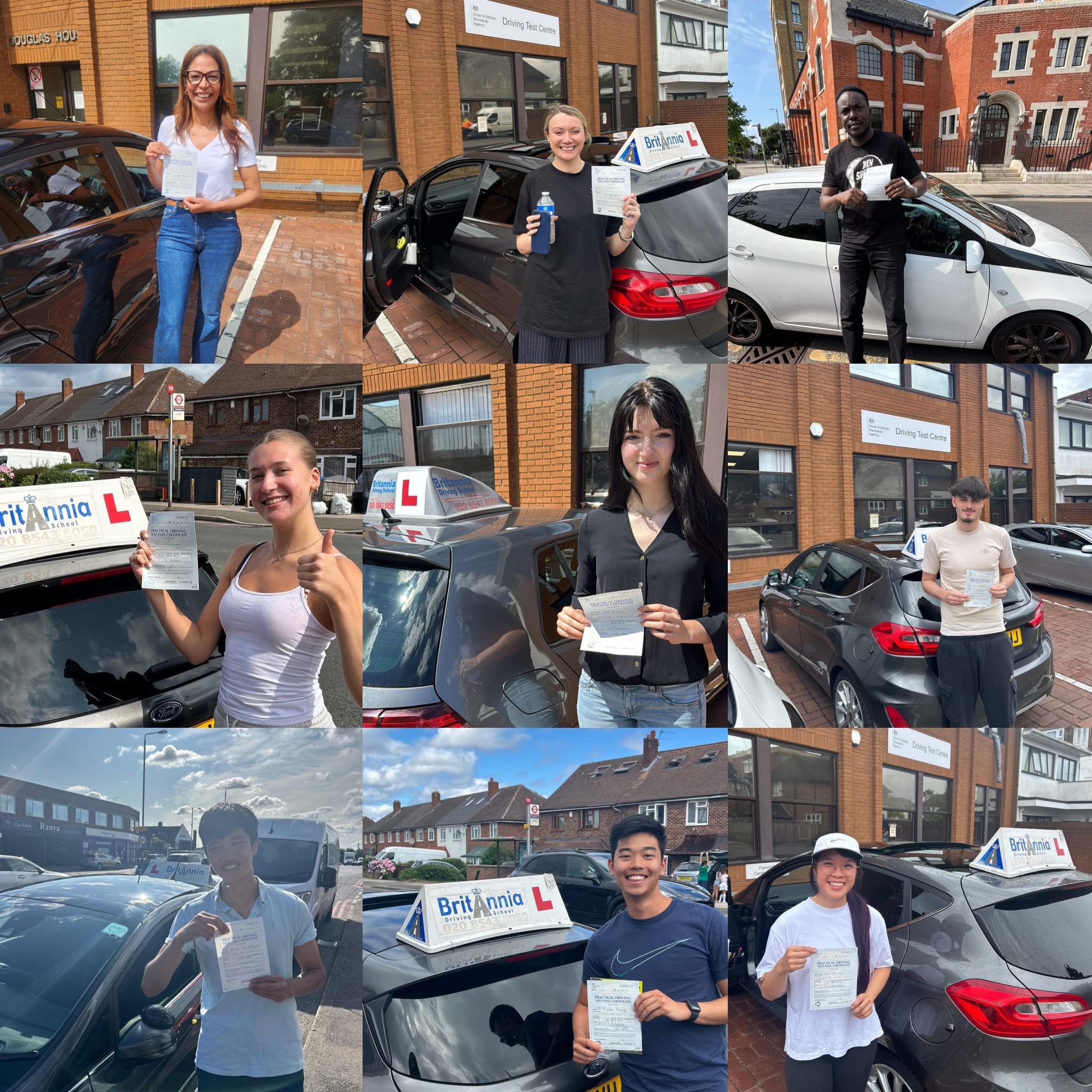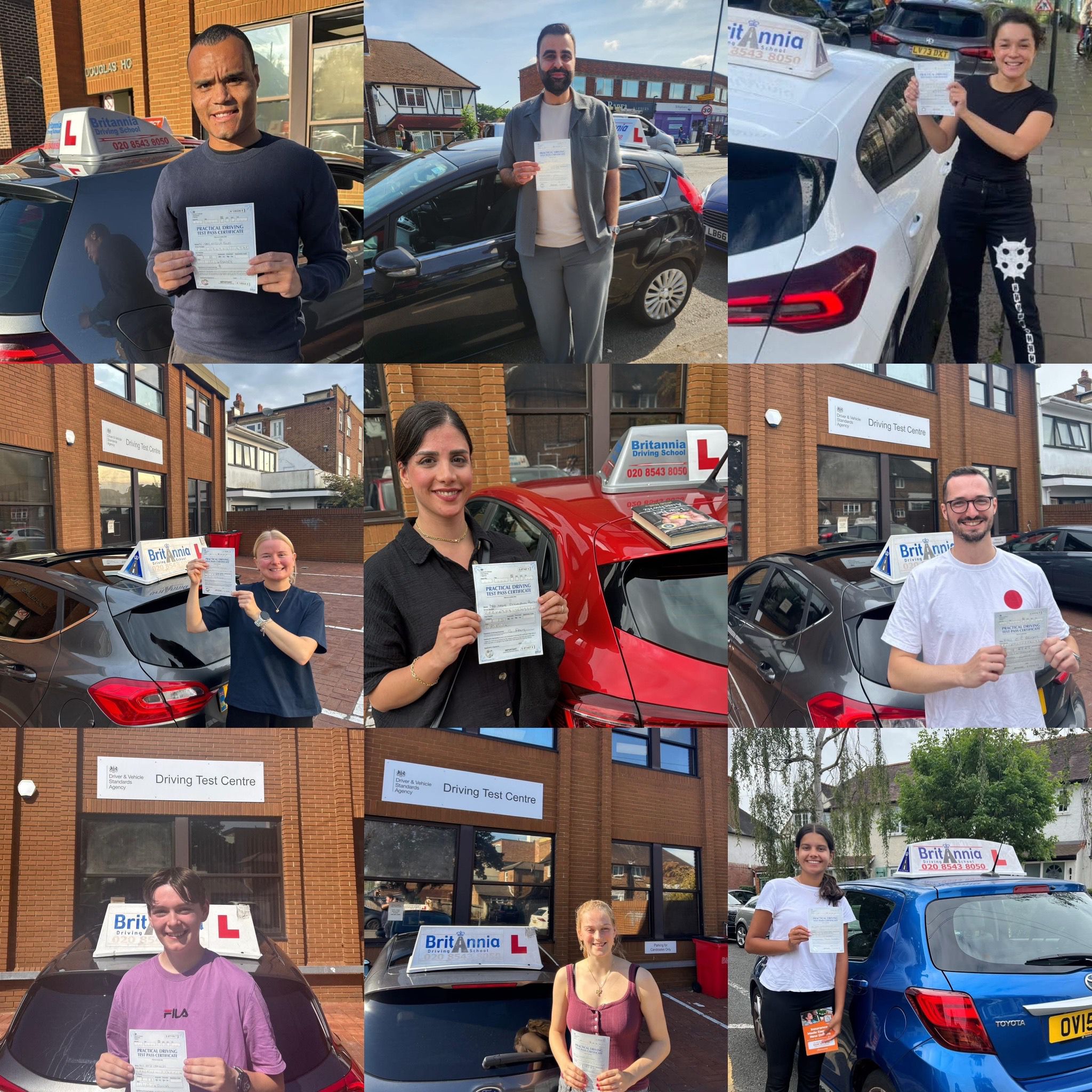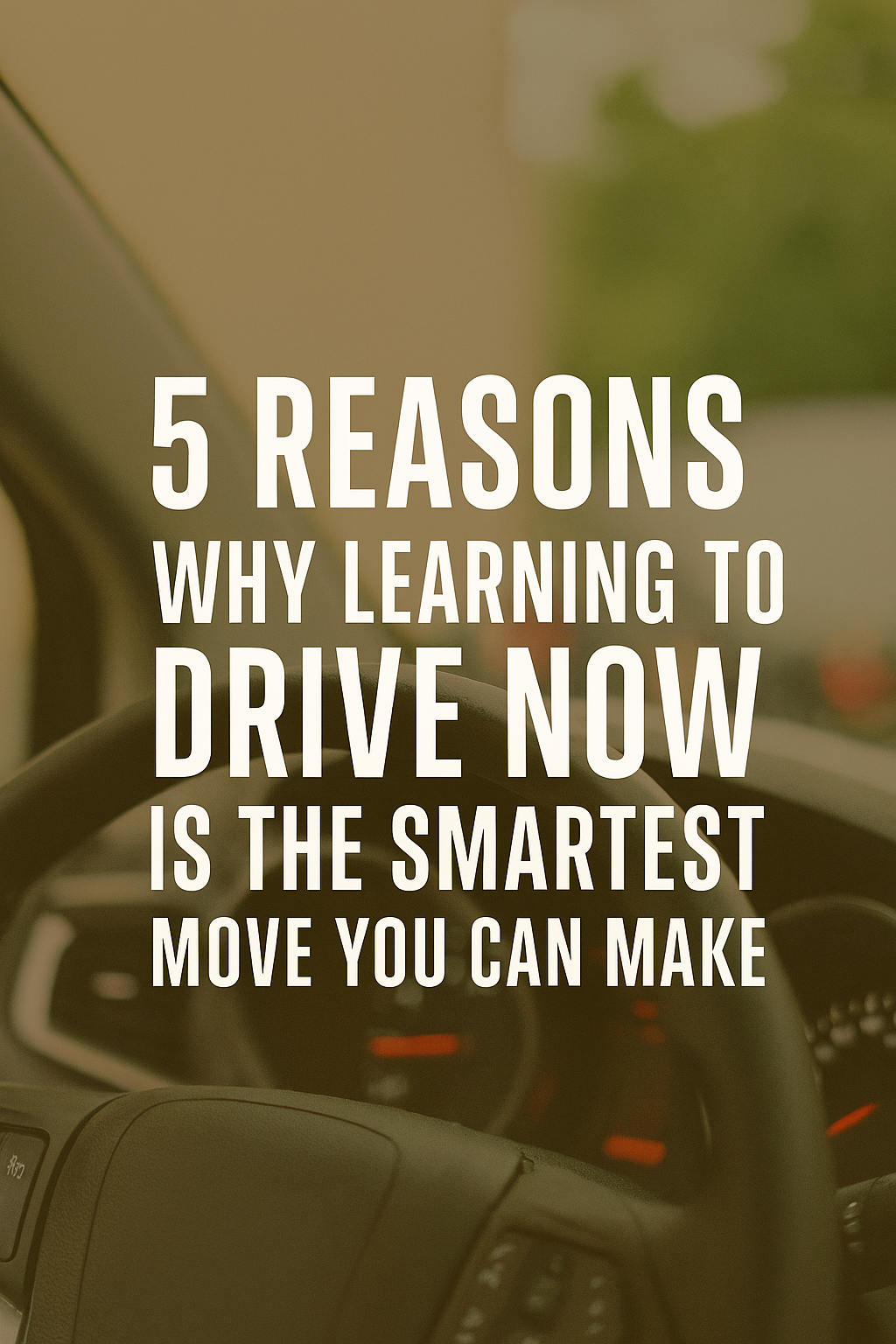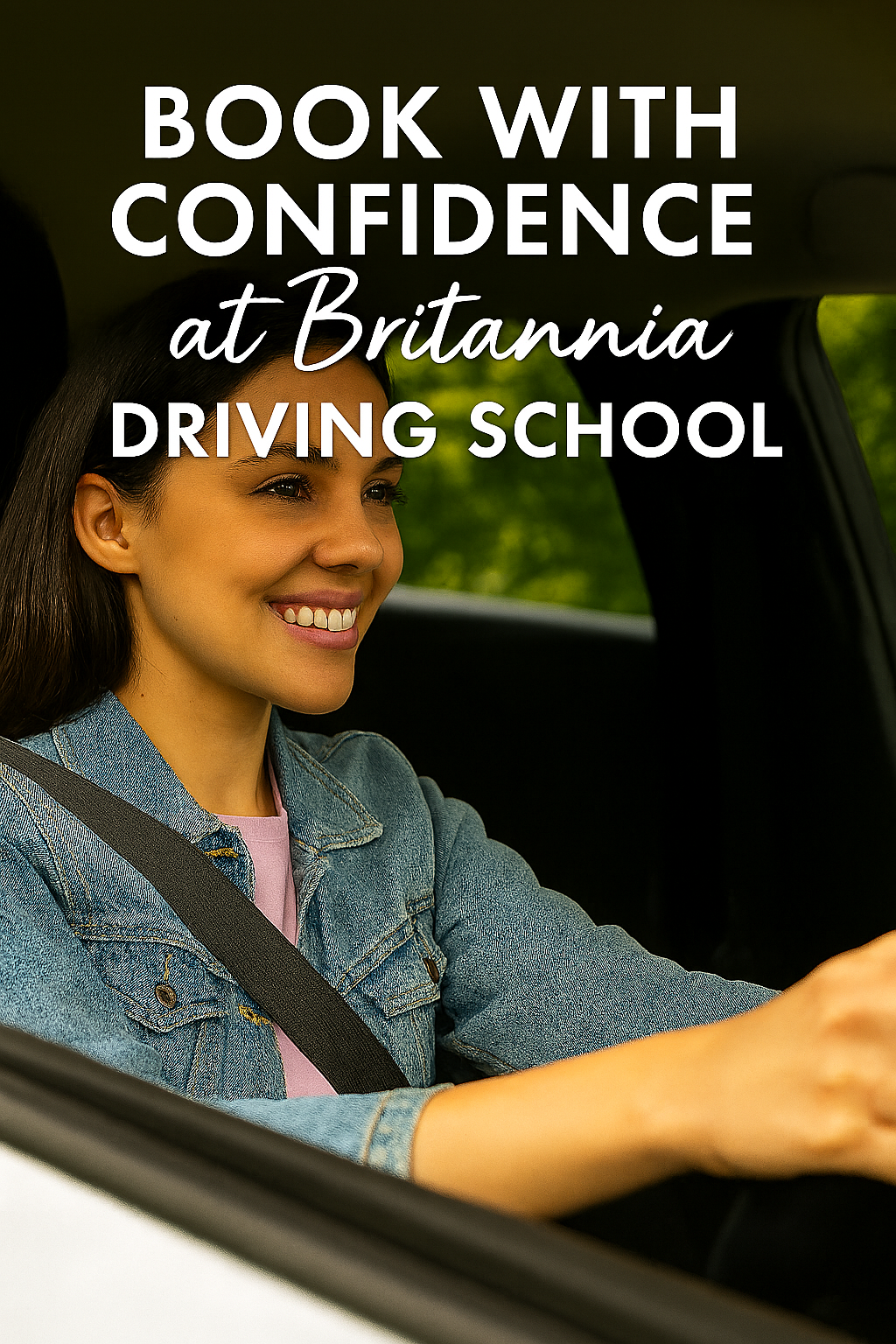Winter brings darker days, unpredictable weather, and roads that demand sharper skills — which is exactly why so many learners choose this season to begin their driving journey with Britannia Driving School. If you can master winter conditions with a supportive instructor by your side, you’ll feel confident driving all year round.
Here’s what every new learner should know — and how Britannia helps you build these skills safely and calmly.
1. Visibility Drops — But Your Confidence Doesn’t Have To
Low sun glare, fog, rain, and early sunsets can make winter driving feel intimidating.
At Britannia, our instructors teach you:
- How to adjust your speed and following distance
- When to use dipped headlights and fog lights
- Techniques for spotting hazards earlier
- How to stay calm when visibility changes suddenly
Learners often tell us that mastering these skills early makes them feel years ahead of the average new driver.
2. Black Ice and Slippery Roads: Learn the Right Reactions
Winter roads can be unpredictable, especially for new drivers.
We guide you through:
- How to recognise potential icy patches
- Smooth steering and braking techniques
- What to do if the car starts to skid
- How to plan safer routes in cold weather
These are skills best learned with a professional — not guessed on your own.
3. Winter Car Prep: Start Good Habits from Day One
Many learners don’t realise how much safer they feel once they understand basic car checks.
During your lessons, we cover:
- Tyre tread and pressure
- Screen wash and wipers
- Demisting and climate control
- Battery health and cold‑weather starting
You’ll feel like you’re really learning to drive, not just pass a test.
4. Build Confidence When Conditions Are Tough
Driving in winter builds resilience. If you can handle:
- Dark evenings
- Wet roads
- Busy festive traffic
- Cold‑weather hazards
…you’ll be ready for anything the test — or real life — throws at you.
Our instructors specialise in calm, confidence‑building teaching. No pressure, no rushing, just steady progress at your pace.
5. Why Winter Is the Best Time to Start Lessons
Learners who begin in winter often progress faster because they experience:
- A wider range of road conditions
- More real‑world challenges
- Better hazard perception
- Stronger decision‑making skills
By spring, they’re already seasoned, confident drivers.
Ready to Start? Join Britannia Driving School This Winter
Whether you’re nervous, excited, or somewhere in between, winter is the perfect time to begin your driving journey. Our friendly instructors, flexible lesson times, and supportive teaching style make learning feel achievable — even in the toughest conditions.
Start now enroll with Britannia Driving School, and you’ll be driving confidently by the time the days get longer.
Comments(0)
 Buy Gifts Vouchers Here
Buy Gifts Vouchers Here Intensive Driving Courses
Intensive Driving Courses Driving Test Booking Services
Driving Test Booking Services


